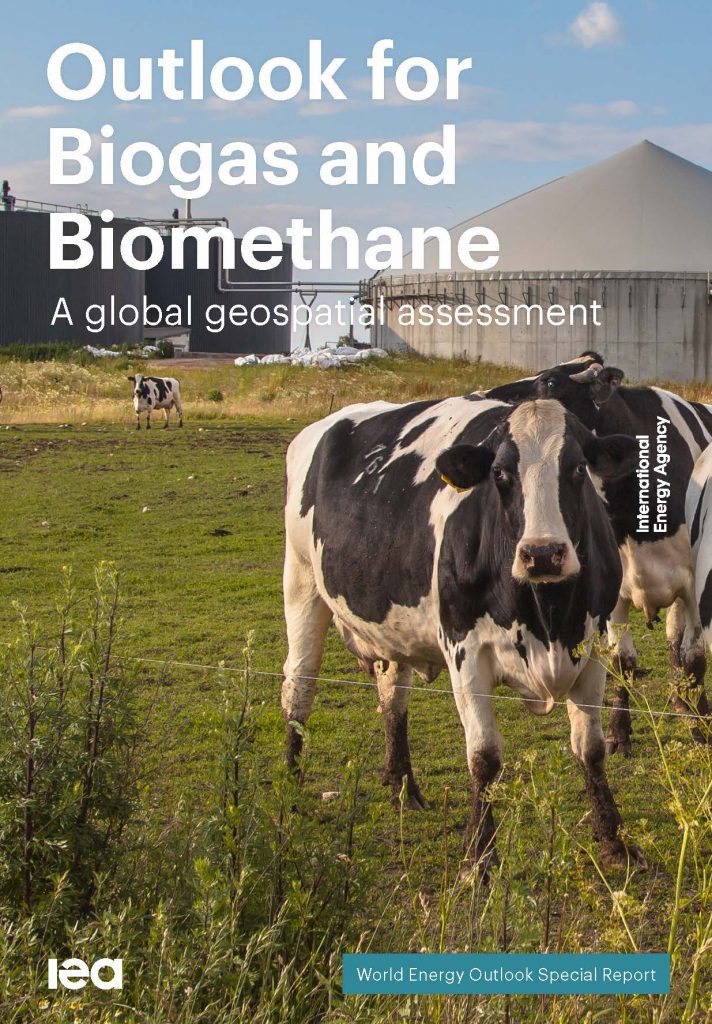The International Energy Agency (IEA) has published its first Outlook for Biogas and Biomethane: a global geospatial assessment. The report analyses the sector, reviewing current policies, business models, consumption patterns and supply trends. It examines potential environmental impacts, highlighting the importance of minimising associated methane emissions and responsibly managing organic waste streams. It also considers current technologies and innovations, and the scope for reducing costs through increased yields or economies of scale.
The report estimates that around 40 billion m3 natural gas equivalent of biogas is produced each year, mostly in Europe, China and the US. Most of this is used for generating local heat and electricity, and in some cases for cooking. Biomethane is growing rapidly, at around 20% per year, but the current global total of 10 billion m3 is only around 0.2% of natural gas demand.
To understand the global potential, the IEA conducted a first-of-its-kind spatial analysis of over 5 million locations worldwide. It found that biogas production could reach the equivalent of nearly 1 trillion m3. Detailed country- and location-specific supply cost curves for over 30 types of feedstocks were produced, considering proximity to infrastructure such as roads, electricity grids and gas pipelines.
Only feedstocks that can be considered sustainable were included, i.e. wastes and residues that do not compete with land use for food production and can be processed with existing technologies. While human activities generate billions of tonnes of organic waste annually, however, less than 5% of potential sustainable feedstocks are currently used for biogas and biomethane production.
Prof Charles Banks of EBNet’s AD WG and director of our precursor NIBB the Anaerobic Digestion Network (ADNet), said “This report makes a significant contribution to our understanding of the scale and role of organic waste resources in meeting sustainable energy needs through renewable biogas and biomethane production”.
The IEA report is freely available HERE. See also IEA News item for information, and our thanks to Dr Arthur Wellinger for additional information via the IEA Task 37 Newsletter.



